The hare paega houses were in principle boats turned upside down, and
O-teka was one of the names for the immigrant canoes:
Teka. Tekai, curl, a
round ball, as of twine. (Tekateka) hakatekateka,
rudder, helm. Churchill. Routledge's informants still knew the
names of the immigrant canoes (RM:278); they were given as 'Oteka'
and 'Oua'. One Rongorongo text shows ua as
the term used for two canoes, while RR:76 [Barthel's no. 76,
GD111] (phallus grapheme ure, used in this case for an
old synonym teka; compare TUA. teka 'penis of a
turtle', HAW. ke'a 'virile male') tends to confirm the
oral tradition with a transpositional variant (Barthel
1962:134). Barthel 2. Pau. teka, arrow. Ta.: tea,
id. Mq.: teka, a game with darts. Sa.: te'a, id.
Ma.: teka, id. Churchill. Mgv. teka, a support,
scaffold. Ta.: tea, the horizontal balk of a palisade,
the crossbeam of a house. Mq.: tekateka, across, athwart.
Ha.: kea, a cross. Churchill.
65 - ono tekau ma rima illustrates how in the Maori
dialect tekau stands for 10. Harawira.
"If a Polynesian
story begins with a young man playing the dart-game known as
teka, we may be sure that fairly soon a misdirected dart
will enter an enclosure, where a woman will get hold of it ..."
(Legends of the South Seas, p. 387.)
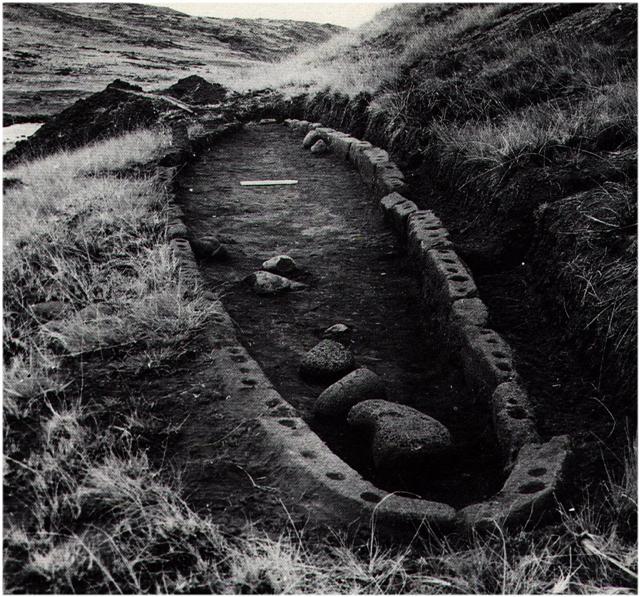
... It is certainly true that the exterior
form of the hare paenga, when the superstructure and
thatch are intact, resembles an overturned boat, with the form
established by the foundation. However, it is equally true (and
perhaps equally important) that the configuration of the
foundation is otherwise most like the Rapa Nui vulva
design called komari. The komari is the
quintessential female symbol which is everywhere prominent in
Rapa Nui art, often carved in rock and wood, incised on
human crania, and painted on the human body. In the hare
paenga foundation form, the komari is cut in stone
and embedded in the earth, the cosmologically female realm.
Spanning above, over and virtually into this komari
foundation is the ridgepole 'backbone' and curved rafter 'ribs'
of what I surmise to be a symbolically male form. In short, we
have a shelter which may be metaphorically understood as 'the
sky father enclosing his progeny as he embraces the earth'.
Those progeny entered and departed this male/female, earth/sky
form through a low, dark tunnel which may be logically compared
to the birth canal. This postulated symbolism does not, of
course, negate the 'overturned boat' comparison, since
Polynesian canoes were often likened to the bodies of great
ancestors or to Tane as First Man. The canoe which
transported the first exploratory voyage to Rapa Nui was
said to have been called The Living Wood, a reference to Tane.
Indeed, it is likely that the 'overturned boat' concept and its
relationship to home, hearth and lineage, which is so
graphically visible, was commonly understood (hence its
retention in the oral literature), while the more esoteric godly
connections, perhaps along the lines of those explored here,
were known only by spiritual leaders ...
The Chinese Rooftop was preceded by the Girl
(below a misdirected arrow):
|
10 |
Girl |
ε Aquarii
(Albali) |
Bat |
Jan 29 (394) |
 |
| 11 |
Emptiness |
β Aquarii
(Sadalsud) |
Rat |
Feb 9 (405) |

... In China,
with Capricornus, Pisces, and a part of
Sagittarius, it [Aquarius] constituted the early
Serpent, or Turtle, Tien Yuen; and later
was known as Hiuen Ying, the Dark Warrior
and Hero, or Darkly Flourishing One, the
Hiuen Wu, or Hiuen Heaou, of the Han
dynasty, which Dupuis gave as Hiven Mao.
It was a symbol of the emperor Tchoun Hin,
in whose reign was a great deluge; but after the
Jesuits came in it became Paou Ping, the
Precious Vase. It contained three of the sieu,
and headed the list of zodiac signs as the
Rat, which in the far East was the ideograph
for 'water', and still so remains in the
almanacs of Central Asia, Cochin China, and
Japan ... |
|
12 |
Rooftop |
α Aquarii
(Sadalmelik) |
Swallow |
Feb 18
(414) → Bharani |
|
... Now birds and fishes are
born under the sign of the Yin [Moon],
but they belong to the Yang [Sun]. This
is why birds and fishes both lay eggs. Fishes
swim in the waters, birds fly among the clouds.
But in winter, the swallows and starlings go
down into the sea and change into mussels ...
 |
From the Girl to the Rooftop there were 20 days.
(The ancient Roman calendar had only 29 days in January -
Ianuarius - which means day 414 ought to have corresponded
to day 20 in February, Februarius.)
From
February 18 (414) there were 41 precessional right ascension days down to the time of
Bharani, 414 - 41 = 373 ("January 8): Here we can see a kind of snake
person (koreha) swallowing his own tail (dhanab)
and making a cycle (Fakataka):

|
LUCIA |
DEC
14
(12 * 29 = 348) |
15 |
16 (*270
= 3 * 90) |
17 |
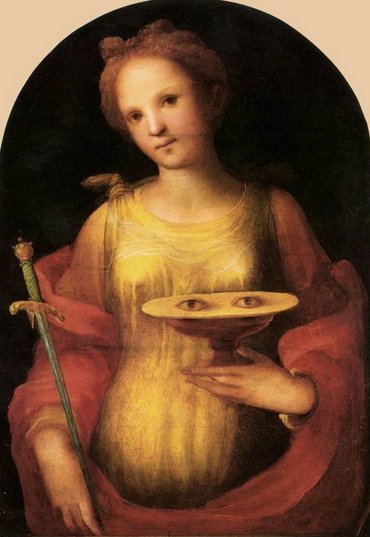 |
 |
 |
 |
 |
 |
|
Gb2-12 |
Gb2-13 |
Gb2-14
(40) |
Gb2-15
(270) |
Gb2-16 |
|
KUH (Weeping)
=
μ
Capricorni
(331.4),
γ
Gruis (331.5)
*290.0 = *331.4 - *41.4 |
no star listed (332) |
η Piscis Austrini
(333.4)
*292.0 = *333.4 - *41.4 |
22h (334.8)
KAE UH
(Roof) = ο Aquarii
(334.0),
AL KURHAH (White Spot) = ξ Cephei
(334.4),
SADALMELIK
(Lucky King)
= α Aquarii,
AL
DHANAB
(The Tail)
= λ Gruis
(334.6), ι Aquarii, ν Pegasi (334.7)
*293.0 = *334.4 - *41.4 |
ι Pegasi (335.0),
ALNAIR (The Bright One) = α Gruis
(335.1), μ Piscis Austrini, υ Piscis Austrini
(335.3),
WOO (Pestle)
= π Pegasi
(335.7),
BAHAM = θ Pegasi,
τ Piscis Austrini (335.8) |
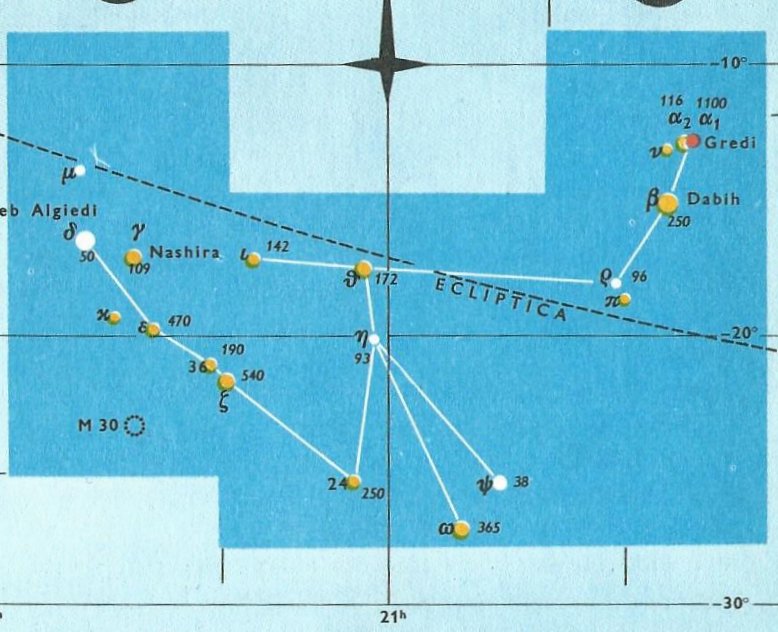 |
|
Febr 15 |
16 |
17 (413 = 14 * 29˝) |
18 (364 + 50) |
19 (50) |
|
°Febr 11 |
12 (408) |
13 (364
+ 45 |
2-14 |
15 (46) |
|
'Jan 19
(384) |
20 |
21 (364
+ 32) |
22 |
23
(*308) |
|
"Jan 5 |
6 |
7 (364 +
8) |
8 (*293) |
9 |
|
...
Originally the highly born family
of the Sun, Moon, and stars dwelt in a cave on the
summit of Maunga-nui, Great Mountain, in the
ancient homeland. They were not at all comfortable
in their gloomy home for they could not see
distinctly and their eyes watered constantly ...
... When it was evident that the
years lay ready to burst into life, everyone took
hold of them, so that once more would start forth -
once again - another (period of) fifty-two years.
Then (the two cycles) might proceed to reach one
hundred and four years. It was called 'One Age' when
twice they had made the round, when twice the times
of binding the years had come together. Behold what
was done when the years were bound - when was
reached the time when they were to draw the new
fire, when now its count was accomplished. First
they put out fires everywhere in the country round.
And the statues, hewn in either wood or stone, kept
in each man's home and regarded as gods, were all
cast into the water.
Also (were) these (cast away) - the pestles and the
(three) hearth stones (upon which the cooking pots
rested); and everywhere there was much sweeping -
there was sweeping very clear. Rubbish was thrown
out; none lay in any of the houses ...
... It must be admitted, however, that the task of
raising the sky was not always a long and arduous
one. In the New Hebrides of Melanesia the sky was
formerly so low overhead that a woman who was
pounding roots in a mortar happened to strike the
sky with her pestle. Greatly annoyed at the
interruption she looked up and cried angrily, 'Go on
up higher!' Whereat the sky meekly obeyed her. What
actually happened probably was that the woman struck
the low house roof with her pestle and cried angrily
to her husband, 'If you don't raise that roof
higher, I won't cook you another meal!' thus giving
a strong impuls to the development of the science of
architecture ...
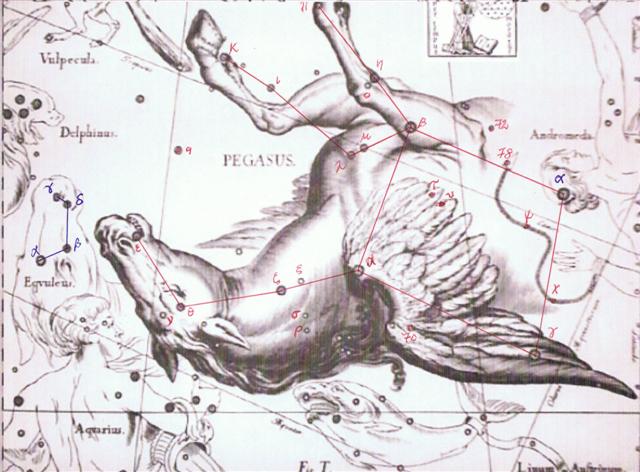 |
The Chinese connected their Rooftop station with the
action of swallowing.
In order to enhance the meaning of Gb2-15 the
outline of the serpent's body had been designed to look like
the lips of a mouth:
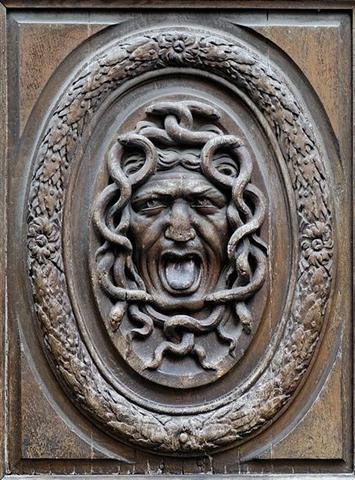
It is a kind of watery mouth orifice (vaha).
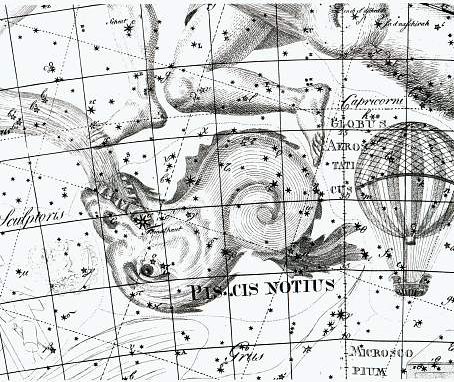
|














